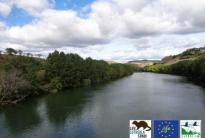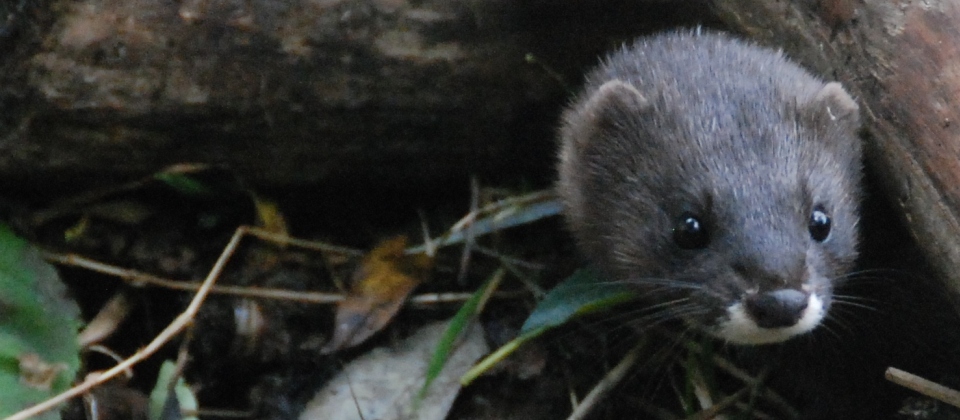
The species is distributed in 5 Autonomous regions in the north and northeast of Spain. It is spread in more than 2.000 km of rivers. Without precise studies on population size, the current estimations suggest that their number does not exceed 500 individuals.
In the distribution area are two well differentiated zones: Cantabrian basins (North of Navarra, Basc Country and northeast of Burgos) and the Mediterranean side of Ebro valley (center and south of Navarra, Álava, La Rioja, Zaragoza and north of Burgos and Soria).
European mink lives in many different types of aquatic environments: rivers, streams, ponds and canals. In Spain it shows preference for the low and middle stretches of rivers. The optimal habitats are wide shores and dense vegetation (bushes, shrublands, reeds, willow, alder and ash groves) that retain mature and natural groves, with and shelters or refugees where its potential preys live (fishes, amphibians, crabs and small mammals.
The altitudinal range occupied mainly between 0-30 m in the Cantabrian side and between 300-1000 in the Mediterranean one. However, the highest species densities occur in the low altitudes (0-200 m) in the Atlantic side and middle ones (300-600 m) in the Mediterranean side. In that last side, are common the medium size rivers with moderate current, which are the ones that European mink selects.
The Ebro’s tributaries are the areas where the density is higher (more than 10 individuals for 10 km). Also here it can be found the more important reproductive groups. In large rivers such Ebro and small streams the European mink densities are lower.
The presence of the European mink is conditioned mainly by food resources and the presence of shelters, water quality and banks’ alteration. European mink usually avoid heavily polluted rivers with modified banks.



